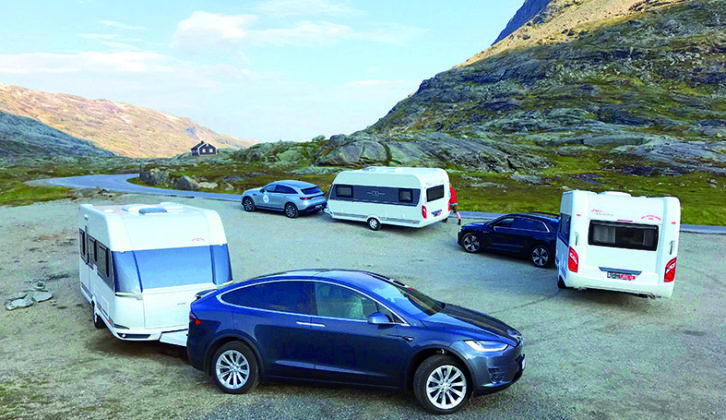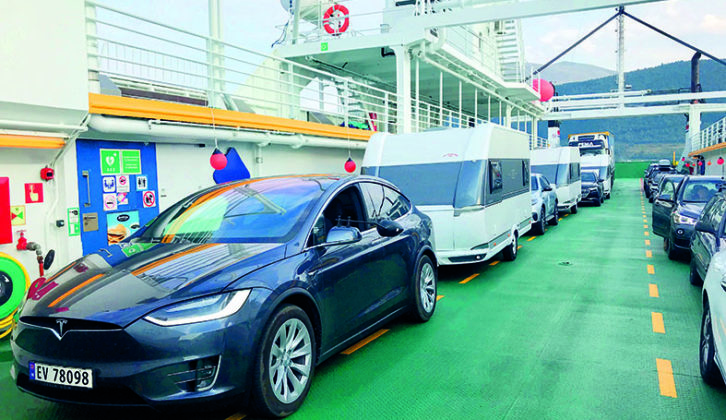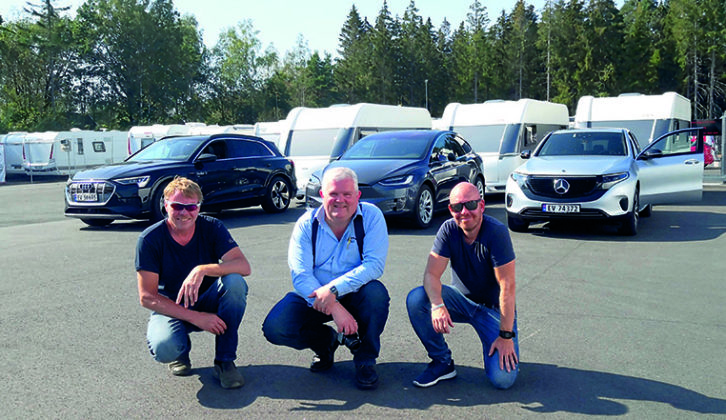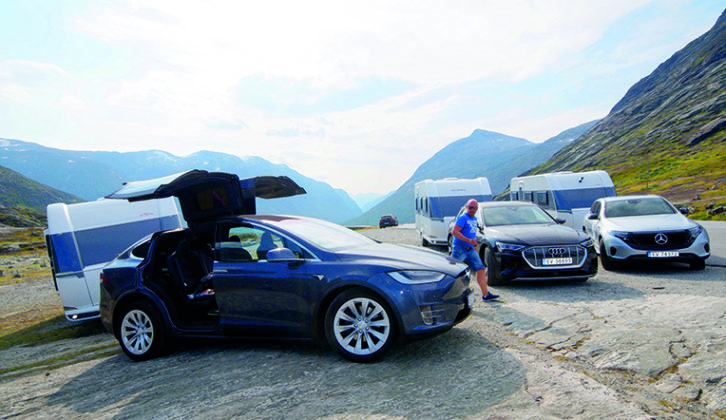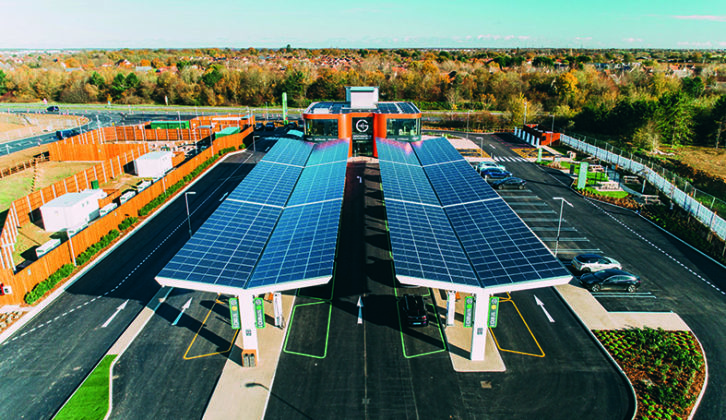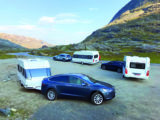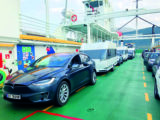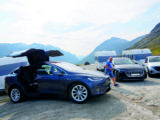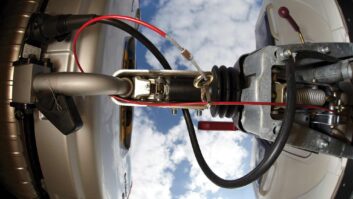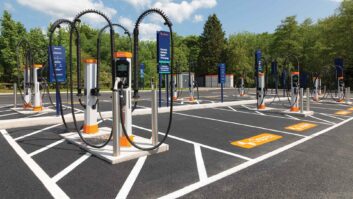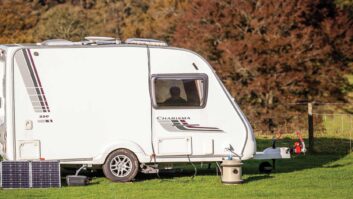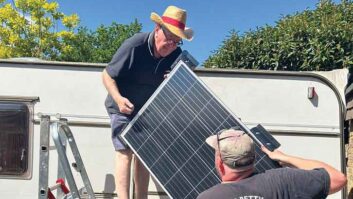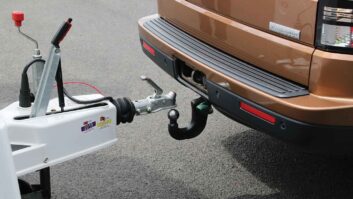Electric cars are no longer on the fringes of the motoring market. Sales are up 145% this year. About one in 12 cars registered so far in 2021 was a battery electric vehicle.
But would you tow with a pure EV? Aren’t the limited ranges and trouble charging while towing too difficult to overcome? Not according to some EV towing pioneers.
Towing 870 miles with an EV
The Norwegians have been ahead of the curve in adopting electric vehicles. More than half (54.3%) of all cars sold in Norway last year were electric.
They’re also not backwards in coming forwards when it comes to towing with EVs. The Norwegian Electric Vehicle Association recently put three EVs to the test – an Audi e-tron, a Mercedes EQC and a Tesla Model X.
All three towed the same model of caravan, a Hobby 460 DL. The association put the caravans on the scales and found they weighed 1160kg as tested, so while far from heavy, the Hobbys would have been considerably bulkier to tow than a microtourer or trailer tent.
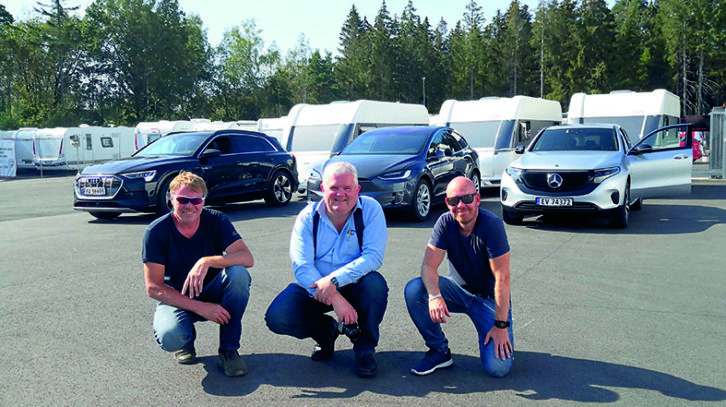
Senior adviser and test manager Ståle Frydenlund and his colleagues set off on a 1400-klilometre (870-mile) round-trip with the trio of EVs and caravans. Frydenlund describes the experiences as “pure pleasure”.
Now obviously, an electric vehicle association is unlikely to be staffed by EV cynics. Even so, the journey does seem to have gone very smoothly.
Frydenlund and his associates compared the vehicles’ energy consumption with and without the caravan in tow. “Depending on the topography, weather conditions and electric car model, the cars’ power consumption increased by between 50% and 90%,” according to the association.
By comparing the percentage of battery charge at the start and the end of one leg of the Norwegian’s journey, it’s possible to come up with a reasonable estimate of the three test EV’s range while towing.
The approximate towing range for the Audi e-tron was 170 miles, while the Mercedes covered 174 miles, and the Tesla stretched a full charge for 218 miles.
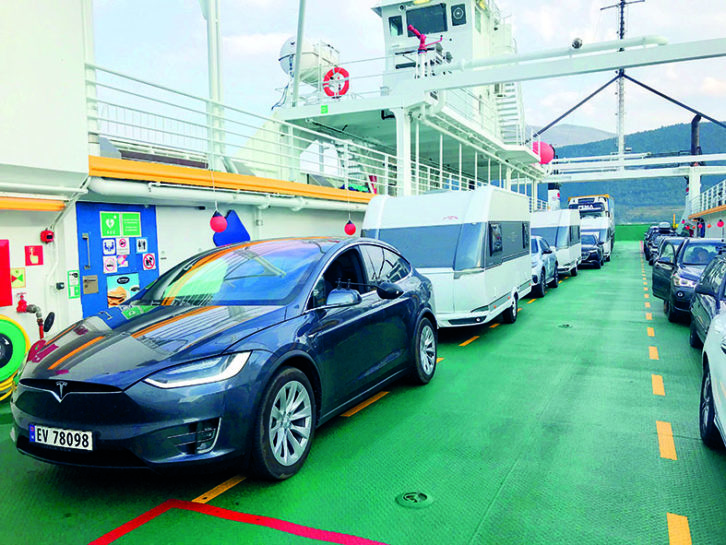
Frydenlund and his colleagues recharged their EVs overnight at campsites, or made use of charging facilities en route. However, even with 50kW rapid chargers, battery top-ups were inevitably long-winded when compared with refuelling a petrol or diesel.
But when the team used the IONITY network of ultra-rapid chargers, which charge at up to 350kW, they were soon on the road again. Even charging below the maximum capacity at a rate of 150kW, replenishing large EV batteries from 20% to 80% could be achieved in around half an hour.
Electric towing in the UK
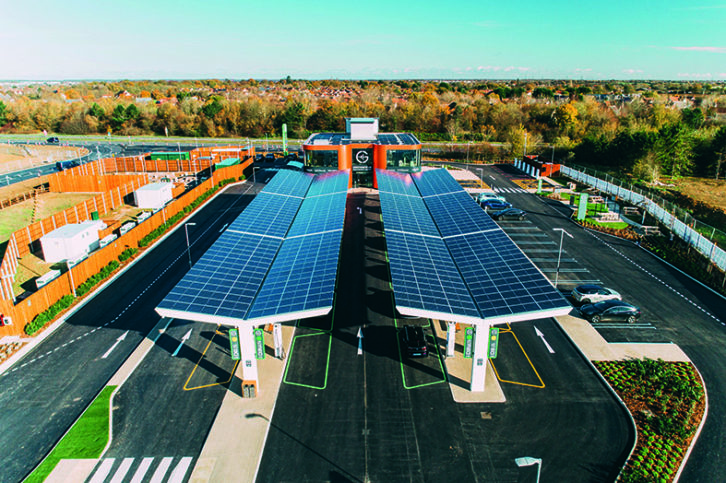
Now, you might be thinking, it’s all well and good for Frydenlund and his colleagues to tow caravans with EVs in Norway, where the infrastructure is more highly developed. It would be a different story to attempt to tow a van for 870 miles in the UK.
There’s some truth in that, but it’s certainly not impossible to tow with an EV in Britain – although the further the trip, the more challenging it will become.
Bailey brand ambassador Lee Davey recently towed a Bailey Discovery D4-2 with a Tesla Model 3. His overnight stop was in Dorset, 44 miles from home, so this wasn’t a particularly stern test of the car’s range. Taking car and caravan back to Bailey was a more difficult 99-mile trip.
Starting out with a full battery, Davey completed the journey with 54 miles of power left, suggesting a range of 153 miles while pulling the Bailey.
Davey charged the Tesla overnight, plugging the caravan into the electricity bollard then connecting the car to the caravan and charging at 6A. This modest rate allowed the Tesla’s batteries to top up overnight without putting an excessive strain on the campsite’s electrics.
Both major caravanning clubs say this is the preferred way for EV and plug-in hybrid owners to recharge at the moment. “Electric vehicles may be trickle-charged on our club sites only by plugging into the camper unit – for example from an awning plug outlet – not directly into the hook-up,” says a spokesperson for The Camping and Caravanning Club. “This is to prevent potential damage to the campsites’s electricity provision.”
The Caravan and Motorhome Club has introduced dedicated EV charging points, so far only at its Cayton Village site in Scarborough. “There are a number of chargers on pitches and in the public car park,” says C&MC external communications and sponsorship manager Nikki Nichols.
“These operate at up to 22kW (depending on vehicle spec), so suit overnight charging of both hybrid and full EVs. Payment for these is via contactless systems,” Nicholls adds. Both clubs are closely monitoring demand, as well as developments in charging technology.
Davey’s 99-mile drive from Dorset to Bristol needed no mid-trip charging. Longer journeys that can’t be completed on a charge are more challenging. Almost every EV charging bay is designed for a single vehicle, not a car and caravan, so charging means parking the tourer, using a wheel-lock or some other security device, then driving the car to the charger.
A better solution does exist, and it’s a simple one. Gridserve opened its first EV forecourt near Braintree, Essex, in December last year. Think of it as a regular filling station with chargers instead of fuel pumps. Charging an EV with a caravan attached should be no more difficult than pulling up at a normal petrol or diesel pump.
Up to 200 miles of charge can be added in 20 minutes, although only a small number of EVs are currently capable of accepting such a rapid charge. Gridserve plans 100 electric forecourts all over the UK in the next I’ve years.
IONITY also has a number of caravan-friendly chargers. “We have multiple locations that can be used by those towing with their EV,” says Pia Bretschneider, the firm’s country manager UK and Ireland. “There’s a ‘drive-thru’ layout in our Baldock, Cambridge, Cobham and Gretna Green outlets. An EV driver with a van can occupy two bays, which is why we ask those with caravans to try to avoid peak hours when possible.”
Conclusion
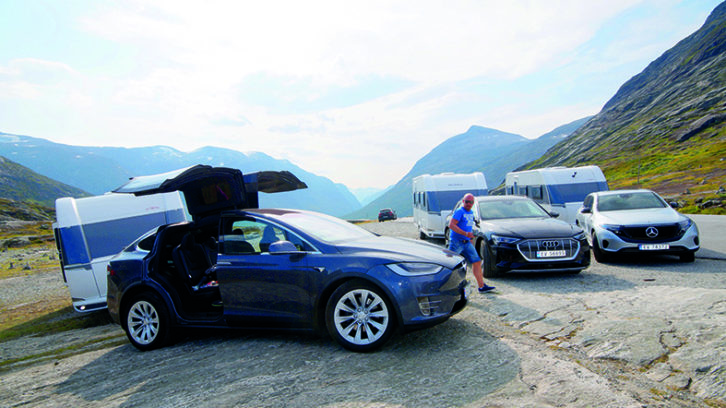
Towing with an EV isn’t straightforward, but it is feasible. The longer the journey, the more inconvenient it will be. But as more electric forecourts open and more sites offer dedicated charging facilities, the easier it will become.
Are you looking for a new tourer instead? Then you’ll want the best caravan for the job – that’s where our buying guide to the best caravans for 2022 comes in, as we round-up the top models on the market.
You can also read our guide to the best caravan parks if you’re looking for somewhere to stay in the UK. Our round-up includes a PDF of the top 100 sites in the UK too.
If you liked this… READ THESE:
Best caravan for innovation for 2022
Green towing: hybrid vs diesel
Knaus offers all-electric model
Or prefer an e-motorhome? Hop over to our sister site, Practical Motorhome for our feature on The Pros and Cons of Electric Motorhomes.
If you’ve enjoyed reading this article, why not get the latest news, reviews and features delivered direct to your door or inbox every month. Take advantage of our brilliant Practical Caravan magazine SUBSCRIBERS’ OFFER and SIGN UP TO OUR NEWSLETTER for regular weekly updates on all things caravan related.
Charging an EV with a caravan attached should be no more difficult than pulling up at a normal fuel pump
